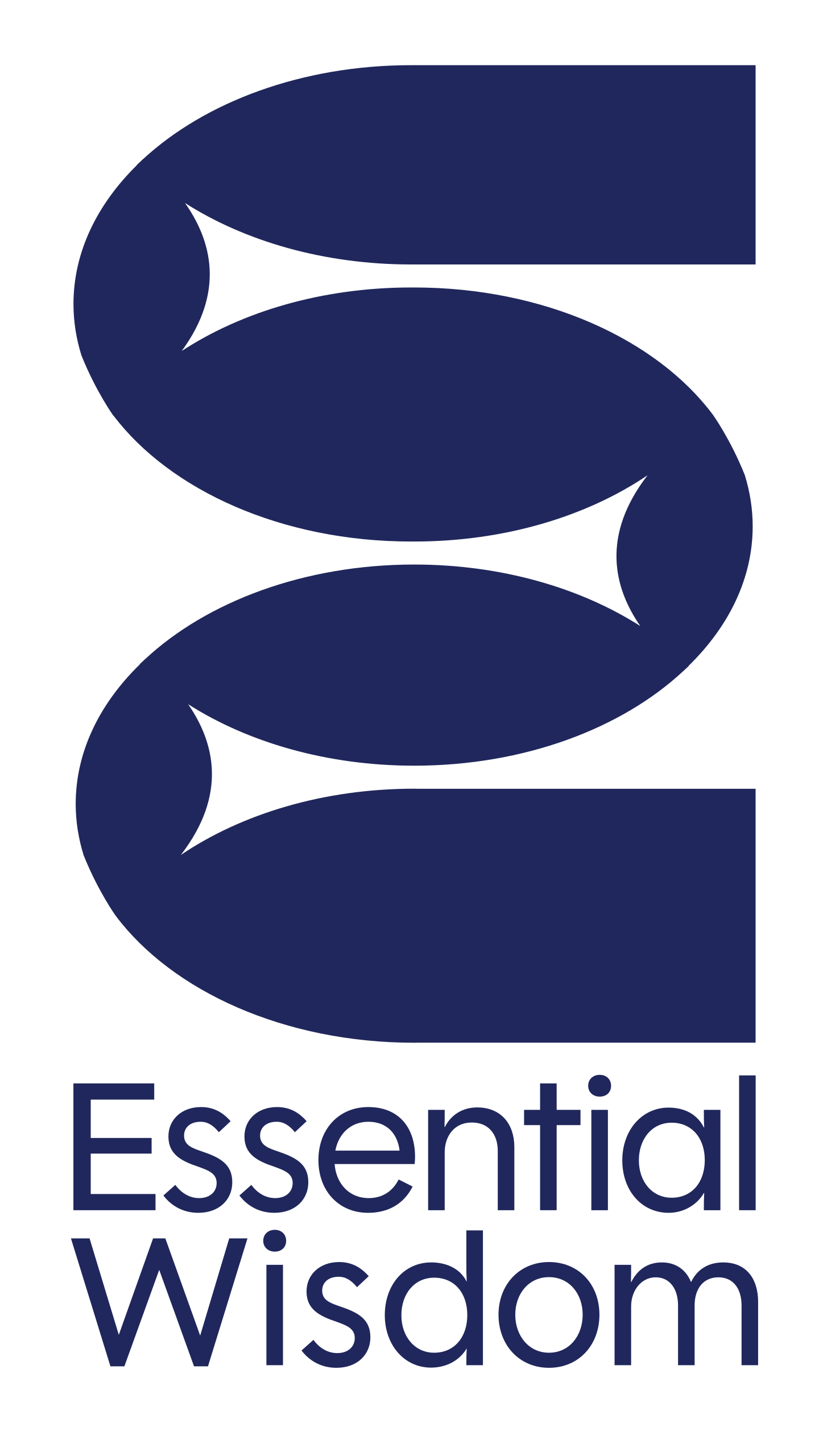Opportunities Offer Up Different Perspectives On Problem Solving

My husband and I are preparing to move our youngest child to another city. She'll be there for a year so lots of unmaking of her life, and ours, is happening. The obvious trek is to go down the road of change and navigating the emotions of such threshold events, but I won't. Instead, having three people concurrently experiencing this event has bought up an entirely different topic and surfaces a far more impactful and serious question:
How and when to pack the cars? Yes, two cars.
We’re traveling in tandem on a 1000 mile journey. Given that each vehicle has limited space, we are each approaching the packing process from a different conative point of view. Conative, you say? What’s that? Conation is the instinctive, or will, part of the three aspects of mind: cognitive, affective, and conative. There are historical references to conation which appear in the works of Aristotle and this aspect continues to surface in the realms of psychology, education, and philosophy. Conation has gotten the least amount of focus. In contrast, research and attention on the other two aspects, affective and cognitive, are abundant. A few synonyms for conation include: ambition, desire, dedicated, drive, impulse, focus, intent, motivation, persistence, striving, volition, and vocation.
The clearest distinction between the conative and the other parts of the mind is that conation rules instinctive behavior. This is the natural place we work from, versus learned behavior. Both cognitive and conative behaviors are impacted by the environment, but circumstances will effect cognitive behaviors, whereas as conative (instinctive) behaviors will always revert back to form.
Kathy Kolbe is the world’s leading expert on conation and she has developed the Kolbe Index (KI) which sequesters this aspect of the mind from the other two aspects and can measure it isolated fashion. The Kolbe Index is the only profiling instruments which measure this aspect. Other instruments combine cognitive, affective, instinctive, and behavioral patterns whereas the KI measures only the instinctive part of the mind.
Here is an over simplified description of each Kolbe Index action mode which is gleaned from my direct experience of taking the assessment. There are four instinct paths and degrees within each action mode. Many of us have some of each.
Fact Finder - To Probe; deals with facts, details, and complexities by setting priorities and creating strategies. Fact Finder behavior relates to the way we gather and share information (degree of detail, precision, documentation).
Follow-Thru - To Pattern; creates patterns and drives actions through planning. Follow Thru behavior deals with the way we arrange and design (amount of orderliness, sequencing, and closure).
Quick Start - To Innovate; deals with risk, unknowns, and is driven by challenge, deadlines, and the need to improvise and entertain possibilities. Quick Start behavior deals with risk and uncertainty (degree of inclination to risk, change, and innovation).
Implementor - To Demonstrate; deals with tangible, concrete world by construction and giving form to ideas. Implementor mode relates to the way we handle space and tangible solutions (dealing with nature, tools, and hardware/equipment).
When our family began to think about how and when to pack the cars, this is what unfolded:
My husband leads with Fact Finder – he was getting into the details of the different ways to get her stuff to the final destination: rent a car, rent a trailer, hire movers, tow her car behind ours, etc… He embarked on a fact finding mission on each option, and more, and could recap in exquisite detail the pros/cons of each.
Our daughter leads with Quick Start – quick starts are brilliant at deadline driven goals and responding to in-the-moment challenges. This showed up as her delaying to pack boxes and not having them ready for loading into the car until the day before our departure.
I lead with Implementor – I wanted to deal with the tangible process of getting the boxes packed and into the car. Now. Not tomorrow.
Our natural problem solving instincts started to converge: we had lots of choices in how to best move her contents and perhaps got bogged down in detail; last minute packing delayed loading the car which challenged the desire to be literally in action, right now. Funny thing, we were all correct in our approach. The trick was we needed to find the balance of our instincts in order to work together to accomplish the common goal of packing both cars.
This example is not unique to my family experience– teams experience this all the time – approaching problem solving from different instincts. It’s very easy to believe my way is the best way and induce narrow thinking. When perhaps what is needed is seeing each approach as correct and a little social and emotional intelligence to navigate the differences.
I often partner with Dr. Ramon Corrales on leadership and team development projects and he says that the Kolbe Index gives leaders/managers a great sense of confidence, knowing they have the right person and the correct guidelines for hiring the best. He goes on to say that this is a kind of managerial assurance—the confidence that we’re leading employees according to their own instincts, not according to our instincts—is truly priceless in the workplace. It means that we can raise the expectations in the direction of employees’ talents instead of putting much time and energy pushing them in areas where they don’t have the natural instincts to drive productivity.
I can’t agree more.
How much more productive could an individual be if what it takes to do the job was in alignment with how they naturally got the job accomplished? Within teams, a combination of instincts will offer both a different vantage point in getting the task accomplished and open up blind spots to thwart potential challenges. Everyone is right in how the job gets done with their unique action mode. The challenge is recognizing the beauty of their way, noticing the contrast to our own action mode, and flexing our interest enough to allow all potential solutions.
Ultimately, both cars did get packed and, the trip was made without incident. It took each of us seeing one another’s strengths and acquiescing just enough to keep us communicating and moving down the road.


